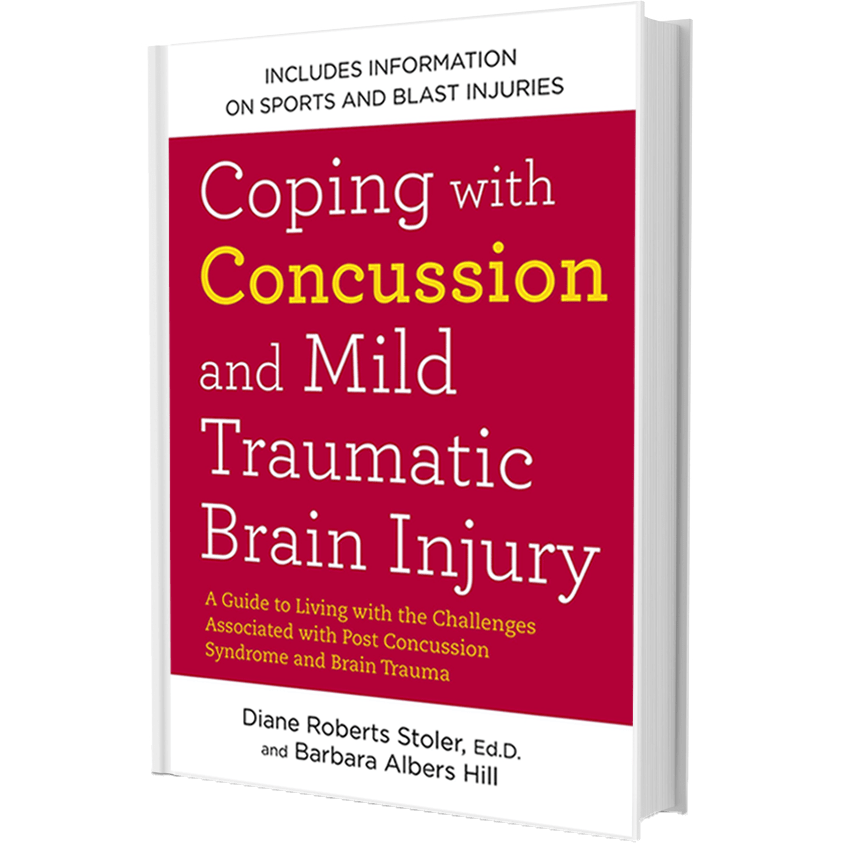Understanding Anxiety
What is Happening in Your Body During Anxiety?
Anxiety is a part of our primitive, emotional brain (the limbic system) that protects us from danger. This area of the brain, especially the amygdala, is the sensor that sends a message to our adrenal glands and gives us the adrenaline our bodies use to fight or flee. This reaction is commonly known as the “fight or flight response”.
Is Anxiety a Symptom, or the Problem?
It is a symptom; like the check-engine light on your dashboard lighting up to let you know that there is something wrong with your engine. Anxiety is your body’s way of signaling that there is a danger to your survival. Though the danger is probably not real, if you are unable to tell whether it is real, or if you are unable to control the feeling, such as with diagnosed anxiety or clinical depression, then the anxiety itself is not the problem.
Some common features of anxiety
- Pounding heart
- Sweating
- Shortness of breath
- Trembling
- Headaches
- Fatigue
- Insomnia
- Irritability
- Restlessness
- Upset stomach or dizziness
- Frequent urination or diarrhea
- Feelings of apprehension or dread
- Constantly watching for danger
What are some Factors that Contribute to Anxiety?
Genetics/Temperament
Research over the years has shown some individuals are born hearty, reactive or sensitive. That sensitivity can be genetic or environmental.
Patients as Dog Breeds?
To help explain this concept, Dr. Diane® jokes with her patients by labeling them as dog breeds.
Dr. Diane® explains that the most anxious Newfoundland dog is still calmer than the calmest Chihuahua. A young boy came into her office dealing with symptoms from a concussion, and Dr. Diane® told him he was as anxious as a Chihuahua. He totally agreed. Dr. Diane® then explained that she could make him less anxious, but he would always be a Chihuahua. The boy joked that his parents were Chihuahuas too, his parents agreed. Here was a reactive, sensitive boy who could identify with his own temperament. In this situation, however, his anxiety was from an environmental factor, which was his concussion.
Parenting
In early stages of human development, before age 14, the connections to the frontal lobe (the responsive, logical brain) are still being developed. It is not until around the age of 24 that these connections are fully formed. If a child’s fight or flight response (amygdala) is activated at an early age from fear or discomfort, and there is no consistent caregiver to soothe and comfort the child, you may see later issues of anxiety, attachment disorder, fearfulness, and lack of trust.
This category is broken down further in Rhonda Lettington’s book, The Alphabet of Wounded Cherubs: Individuals with Attachment Issues.
- Parental/caregiver contributions
- Child contributions
- Environmental contributions
What are other Causes of Anxiety?
Consistently experiencing any of the following situations can activate your fight or flight response: disease and chronic illness, trauma or substance abuse, news of world events, toxins in food, and different electromagnetic fields.
Having a brain injury from a stroke, concussion, MS, or Parkinson’s Disease, can also slow down the connection to the frontal lobe (the emotional braking system) and cause an inability to regulate your anxiety.
The bottom line is that the limbic system – your alarm system for danger – is being triggered. If the ability to regulate this system is interfering with your ability to decide whether the trigger is an actual danger or not, then it can cause a chronic anxiety disorder.
Need a Solution? Find the Cause.
Our bodies have limited ways of telling us when something is wrong and the cause(s) of the symptoms can vary drastically. This is especially true with anxiety. So, when Dr. Diane® welcomes new patients, she will use an analogy to help describe how anxiety is a symptom and not the problem. Sweating (perspiring) is a symptom, and to treat it she needs to find out what is causing the person to sweat. So, Dr. Diane® asks one patient to picture themselves outside of the large front window of her office on a chilly autumn day. She then asks them to look inside her office and picture a 45-year-old woman sitting in an office chair while a fire roars in the fireplace.
Here are some probable causes for why the woman in the office is sweating:
- The room is too hot
- Has a fever
- Anxious
- Food poisoning
- Diabetes
- Having a hot flash due to menopause
- Lyme Disease
The woman may have all seven issues or just one, so it is important to find out which cause is more likely so that Dr. Diane® can find the right solution (treatment) to help her.



